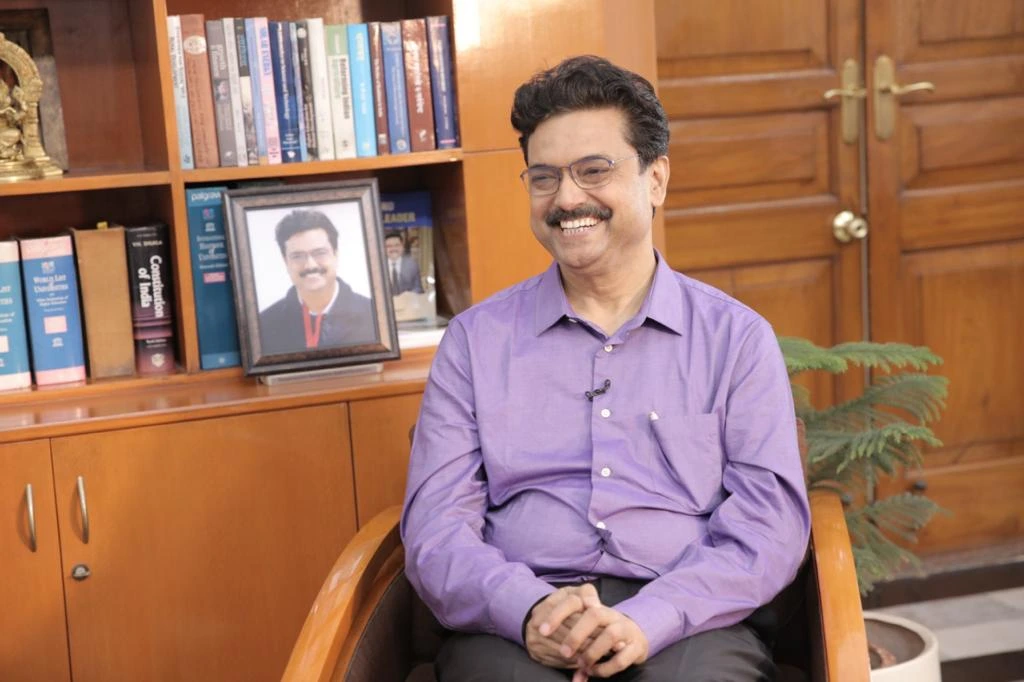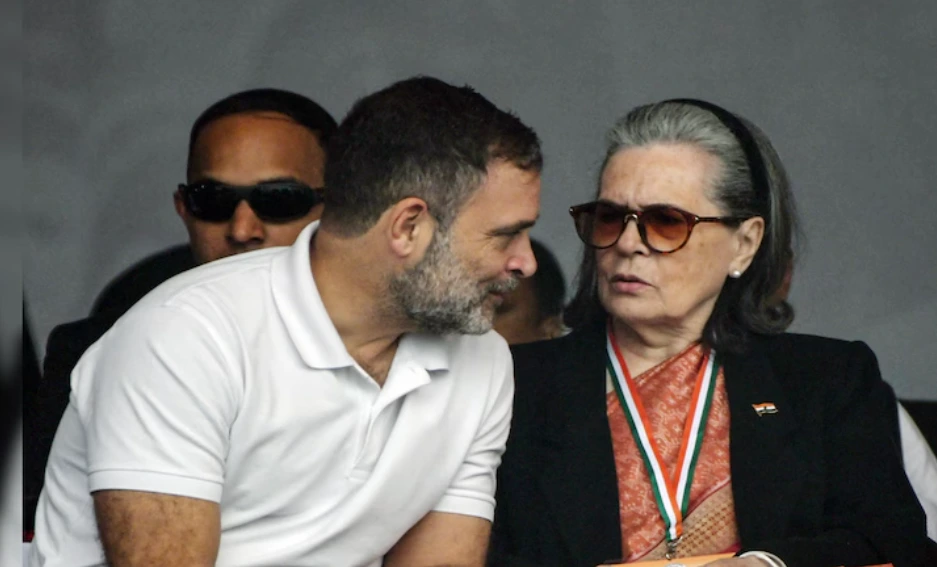India News
Bull goes bonkers in UP’s Agra, slams bicycle after getting it’s neck stuck in it | WATCH
The bull tries to eat the vegetable by putting its mouth across the frame of the cycle.

India News
DU VC Prof Yogesh Singh entrusted with additional charge of AICTE Chairman
India News
Goa nightclub fire case: Court extends police custody of Luthra brothers by five days
A Goa court has extended the police custody of Saurabh and Gaurav Luthra, owners of the nightclub where a deadly fire killed 25 people, by five more days.
India News
Delhi High Court issues notice to Sonia Gandhi, Rahul Gandhi in National Herald case
Delhi High Court has sought responses from Sonia Gandhi and Rahul Gandhi on the ED’s plea challenging a trial court order in the National Herald case.
-
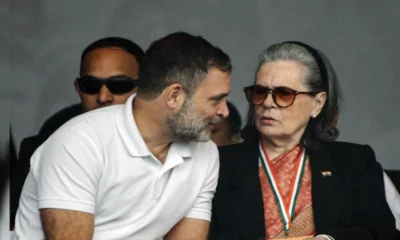
 India News10 hours ago
India News10 hours agoDelhi High Court issues notice to Sonia Gandhi, Rahul Gandhi in National Herald case
-

 Cricket news15 hours ago
Cricket news15 hours agoRohit Sharma reveals retirement thoughts after 2023 World Cup final heartbreak
-
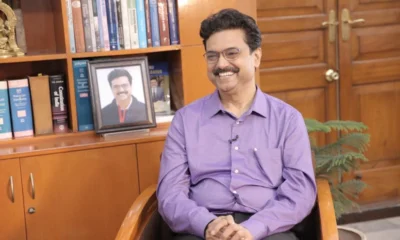
 India News7 hours ago
India News7 hours agoDU VC Prof Yogesh Singh entrusted with additional charge of AICTE Chairman
-
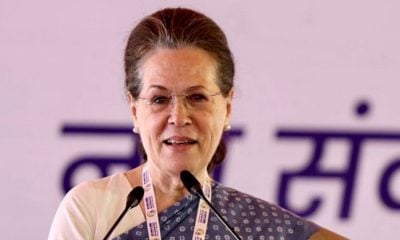
 India News14 hours ago
India News14 hours agoSonia Gandhi calls weakening of MGNREGA a collective moral failure, targets Centre in op-ed
-

 Latest world news14 hours ago
Latest world news14 hours agoH-1B visa renewal delays leave hundreds of Indian workers stranded amid US social media checks
-

 India News8 hours ago
India News8 hours agoGoa nightclub fire case: Court extends police custody of Luthra brothers by five days
-

 India News11 hours ago
India News11 hours agoYogi Adityanath’s do namoone remark sparks Akhilesh Yadav’s jab on BJP infighting
-

 Entertainment8 hours ago
Entertainment8 hours agoDhurandhar box office day 17: Ranveer Singh film crosses Rs 555 crore, enters all-time top 10

